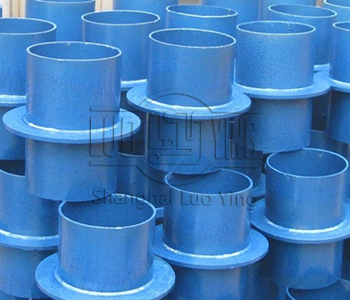Explanation of the common materials used for human defense protection and airtight casing.
Oct-23-28
Explanation of the common materials used for human defense protection and airtight casing. When it comes to human defense protection and airtight casings, there are several common materials that are frequently used due to their specific properties and capabilities. In this article, we will explore some of these materials and their role in providing effective defense protection and maintaining airtightness.
One of the most common materials used in human defense protection and airtight casings is Kevlar. Kevlar is a strong and lightweight synthetic fiber that is renowned for its high tensile strength. It is often used in body armor and protective clothing to shield individuals from ballistic impacts, such as bullets and shrapnel. Kevlar is also resistant to cuts and abrasion, making it an excellent choice for applications where the material needs to withstand harsh conditions. Additionally, Kevlar is flame-resistant, enhancing the safety of individuals who wear protective gear made from this material.
Another widely used material in defense protection and airtight casings is steel. Steel is known for its exceptional strength and durability, which makes it ideal for applications requiring high force strength. It is commonly used in armored vehicles, bunkers, and fortifications to provide protection against various threats, including blasts, projectiles, and impacts. Steel's robustness ensures structural integrity and reduces the risk of penetration or damage to the enclosed objects.
In situations where the weight of the protective casing needs to be minimized, aluminum is often the material of choice. Aluminum possesses high strength-to-weight ratio, which means it offers considerable strength while being relatively lightweight. It is commonly used in aerospace applications, vehicle armor, and protective casings for electronic equipment. Aluminum is also corrosion-resistant, making it suitable for a wide range of environmental conditions.

Rubber and silicone are frequently used materials for airtight casings. These materials possess excellent elasticity and flexibility, allowing them to create a tight seal to maintain airtightness. Rubber and silicone casings are often utilized in electronic devices, medical equipment, and food storage containers to protect sensitive components or materials from dust, moisture, and other environmental factors. They also provide cushioning and shock absorption, enhancing the protection and longevity of the enclosed items.
In conclusion, various materials are commonly used for human defense protection and airtight casings, each offering specific properties to meet the requirements of different applications. Kevlar provides excellent ballistic resistance, steel offers exceptional strength and durability, aluminum provides lightweight protection, ceramics withstand intense impacts, and rubber or silicone create airtight seals. By understanding the properties and capabilities of these materials, manufacturers and designers can select the most suitable option for their specific defense protection and airtight casing needs.

